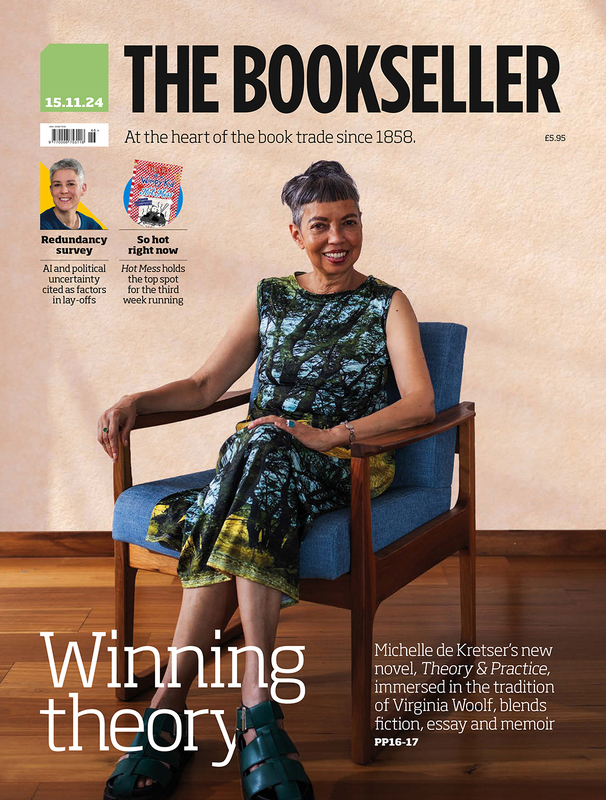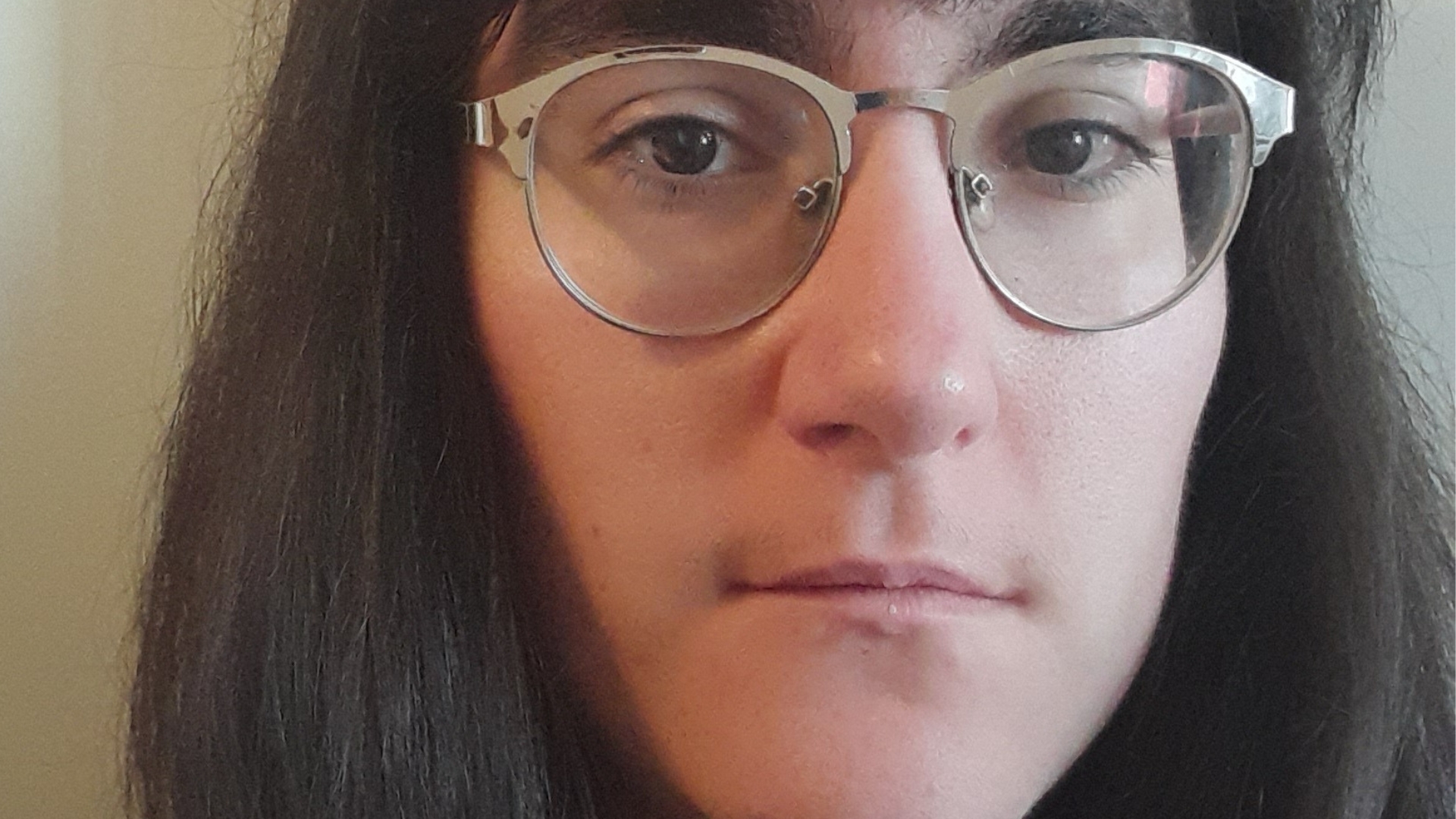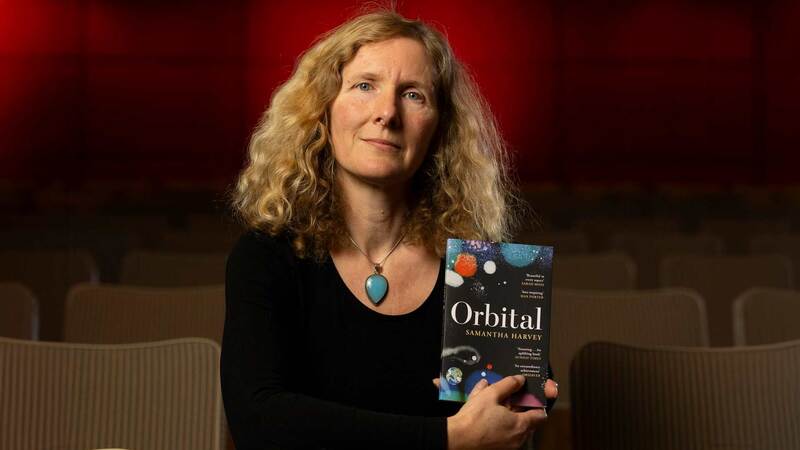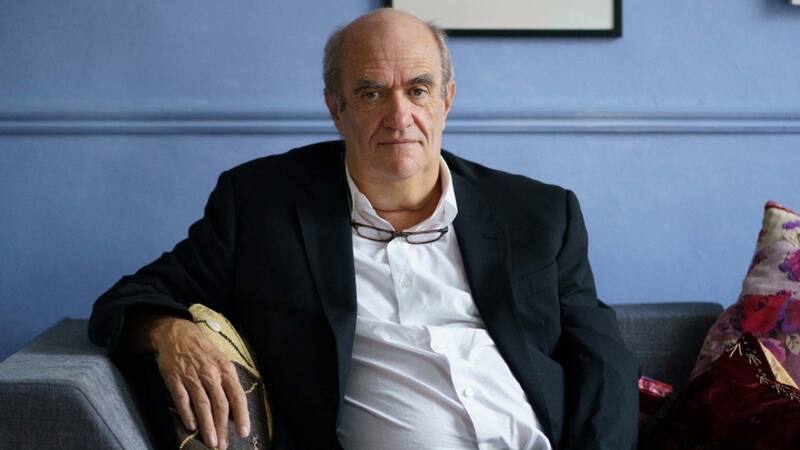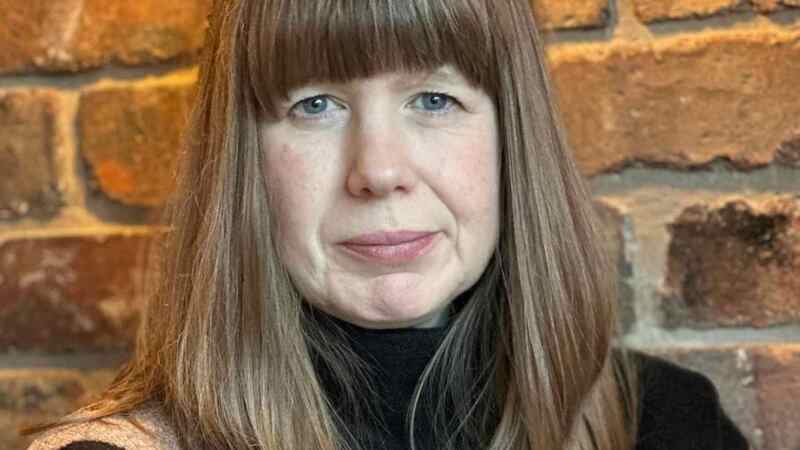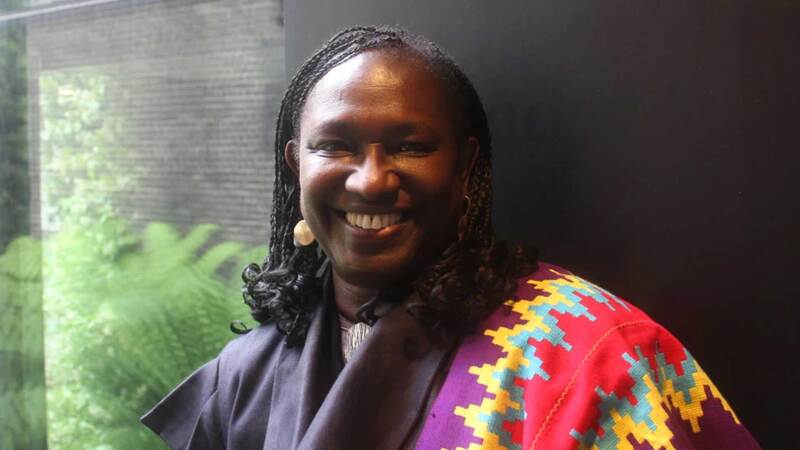You are viewing your 1 free article this month. Login to read more articles.
Galley Beggar Press snaps up Kiss-Deáki’s 'furious and joyous' debut novel
Galley Beggar Press has snapped up Noémi Kiss-Deáki’s "furious and joyous" debut novel, Mary and the Rabbit Dream.
Co-directors Eloise Millar and Sam Jordison acquired world rights to the book from the author directly, and will publish it in July 2024.
The book is set in early 18th-century England, and reimagines the story of "impoverished Godalming hops-picker" Mary Toft who "became convinced that she could give birth to rabbits".
Millar said: “This is the story of Mary Toft. It’s also a story of bodily autonomy, of absurdity, of the horrors inflicted on women, of the cruel realities of poverty and the grotesque divides between rich and poor. It’s a book that matters deeply – and it’s also a compelling page-turner that Noémi writes with incredible panache and wit.
"She’s created something that simultaneously had me howling with rage, and hooting with laughter. I’ve never read anything like it: the story itself, or the style it’s written in. Noémi has created something both furious and joyous, and something that is utterly her own.”
Jordison added: “We opened Noémi’s submission and it hit us with all the power of the national grid. We started reading on the Friday morning of a busy day. Within the hour, we put everything we could aside. Friday afternoon, we emailed Noémi to ask if she was free for a meeting...I can’t tell you how thrilled we are that Noémi got in contact with us, or that we’re going to be publishing Mary and the Rabbit Dream."
Kiss-Deáki added: “My first encounter with the story of Mary Toft was as a teenager reading a historical magazine, where she was summarised in a couple of short sentences in a segment dedicated to historical curiosities. It wasn’t until I read Professor Karen Harvey’s The Imposteress Rabbit Breeder [Oxford University Press] that I realised what a politically, culturally and socioeconomically complex story this was.
"And then, when I went on and read the contemporary pamphlets of the three most involved doctors in the case and their at many times deeply unnerving descriptions and approaches to Mary Toft – I realised I wanted to do something with this."


